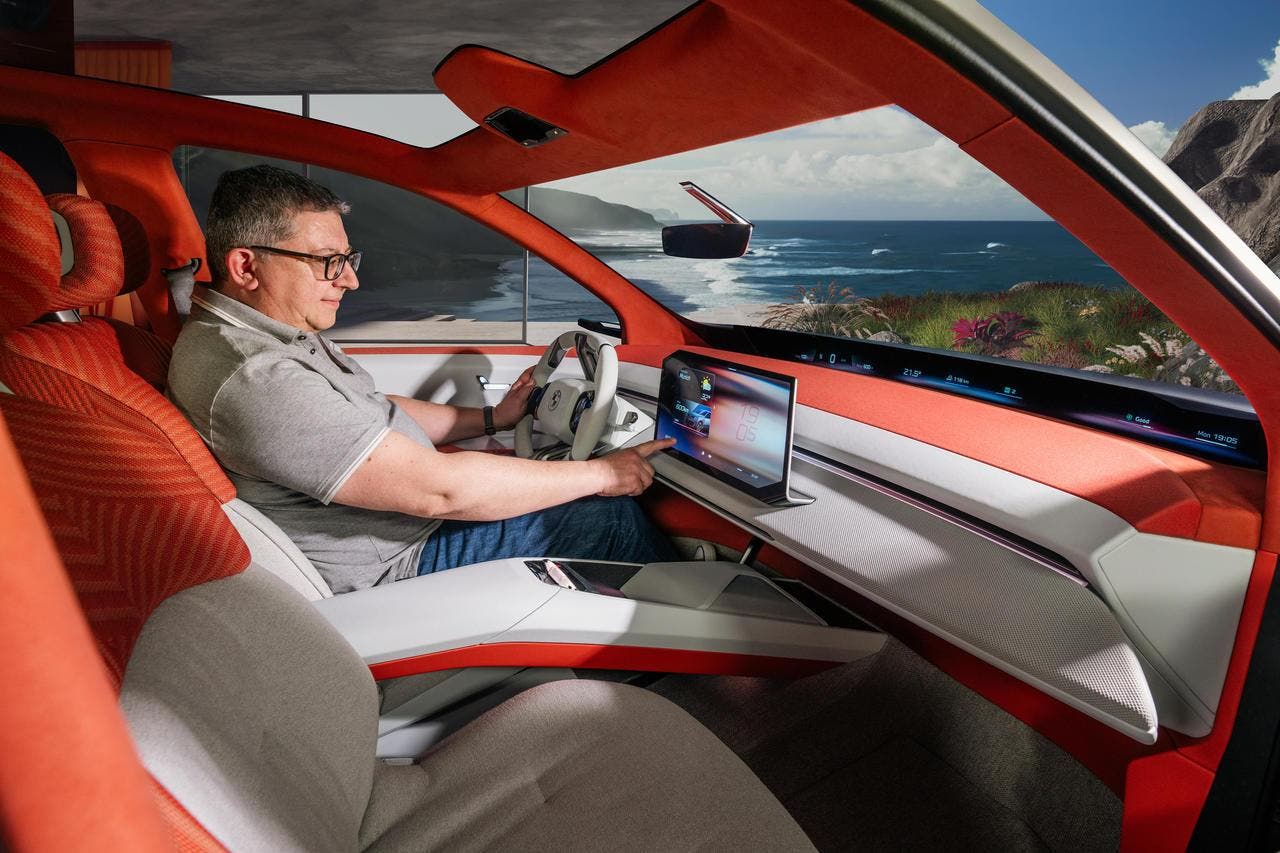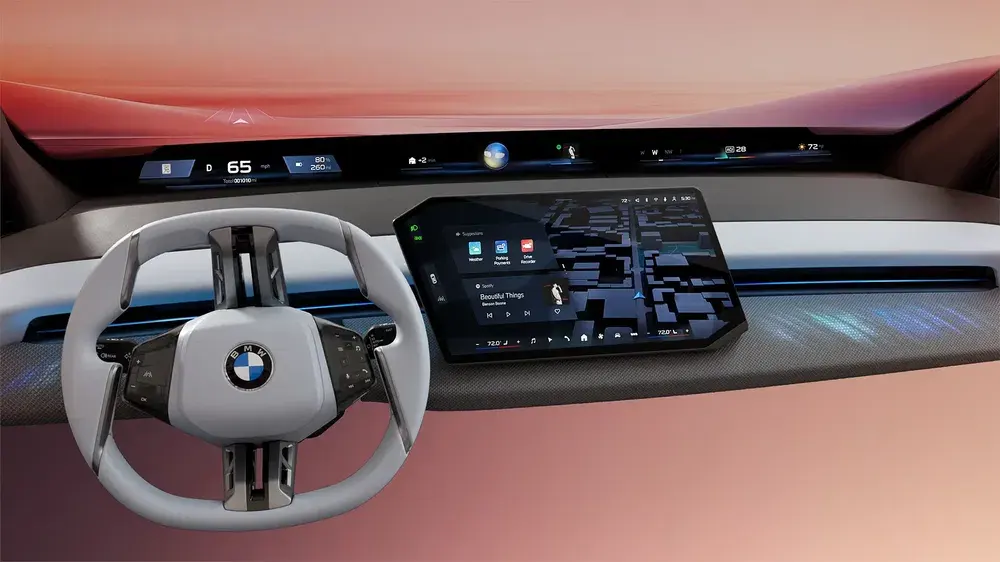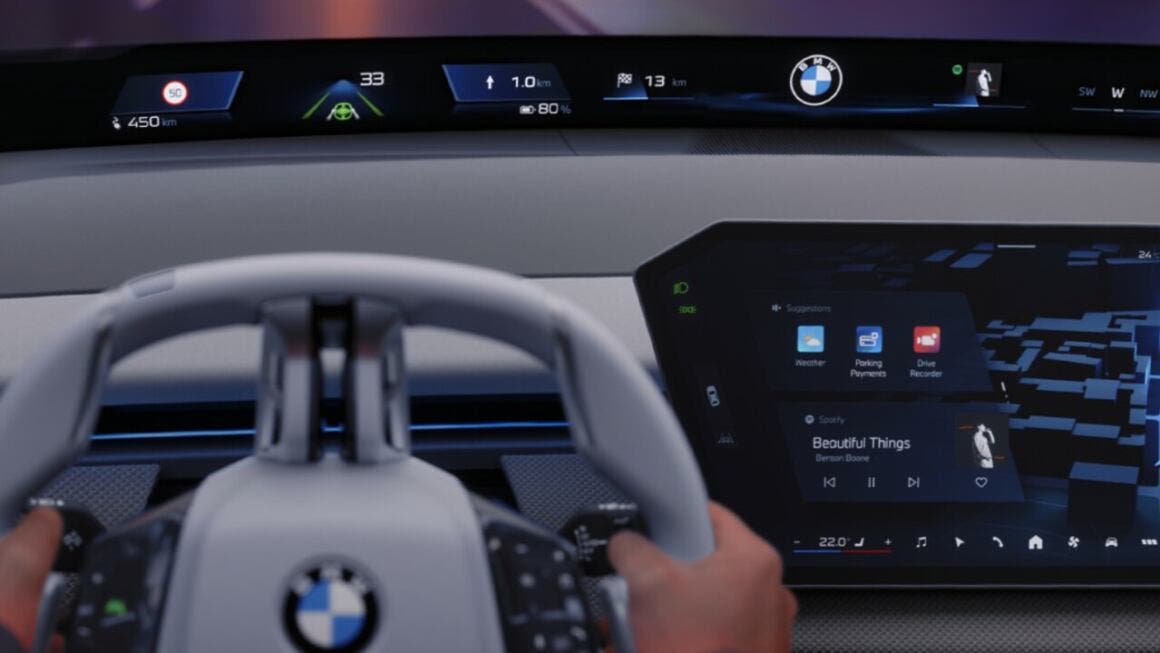Driver-assistance technologies often shine in lab tests and safety evaluations but tend to frustrate drivers in the real world, leading many to switch them off entirely. BMW’s upcoming Neue Klasse lineup aims to flip that script, introducing a new generation of smarter, more intuitive systems designed to enhance the driving experience.
One of the key innovations of BMW is the use of capacitive sensors in the steering wheel, which can reliably detect when the driver is holding it, eliminating the annoying need to jiggle the wheel on straight roads. Alongside this, a sharper infrared driver-monitoring camera, discreetly placed within the rearview mirror, can precisely determine where the driver is looking. This means fewer false drowsiness alerts and greater flexibility when glancing at mirrors or scanning for hazards such as motorcycles or emergency vehicles.

BMW has also rethought how intention is measured. Not every un-signaled lane change is dangerous, and the system now understands when the maneuver is deliberate, avoiding unnecessary corrections or beeps. When semi-autonomous driving suggests a lane change, confirmation no longer requires a button press, just a quick glance at the corresponding mirror suffices.
Cruise control also gains a new level of adaptability. Instead of disengaging entirely when slowing for an exit or merging lane, a gentle tap on the brakes adjusts speed temporarily without canceling the system. A firmer press or switch toggle fully deactivates it, while a single tap restores the previously set speed. This fluidity ensures smoother operation in both highway driving and heavy stop-and-go traffic.

Parking assistance, often underused because of its slowness, has been re-engineered for speed and ease. At low speeds, cameras continuously scan for open spaces, and with just a couple of taps on the steering wheel button, the car slides into place at the pace of an experienced driver. The system can also guide the car back out, or even retrace the last 200 meters in reverse.
These advancements are powered by BMW’s new zonal architecture, made up of four powerful “brains” that run 40 ADAS functions at processing speeds up to twenty times faster than current chips, cooled by liquid to maintain efficiency.
